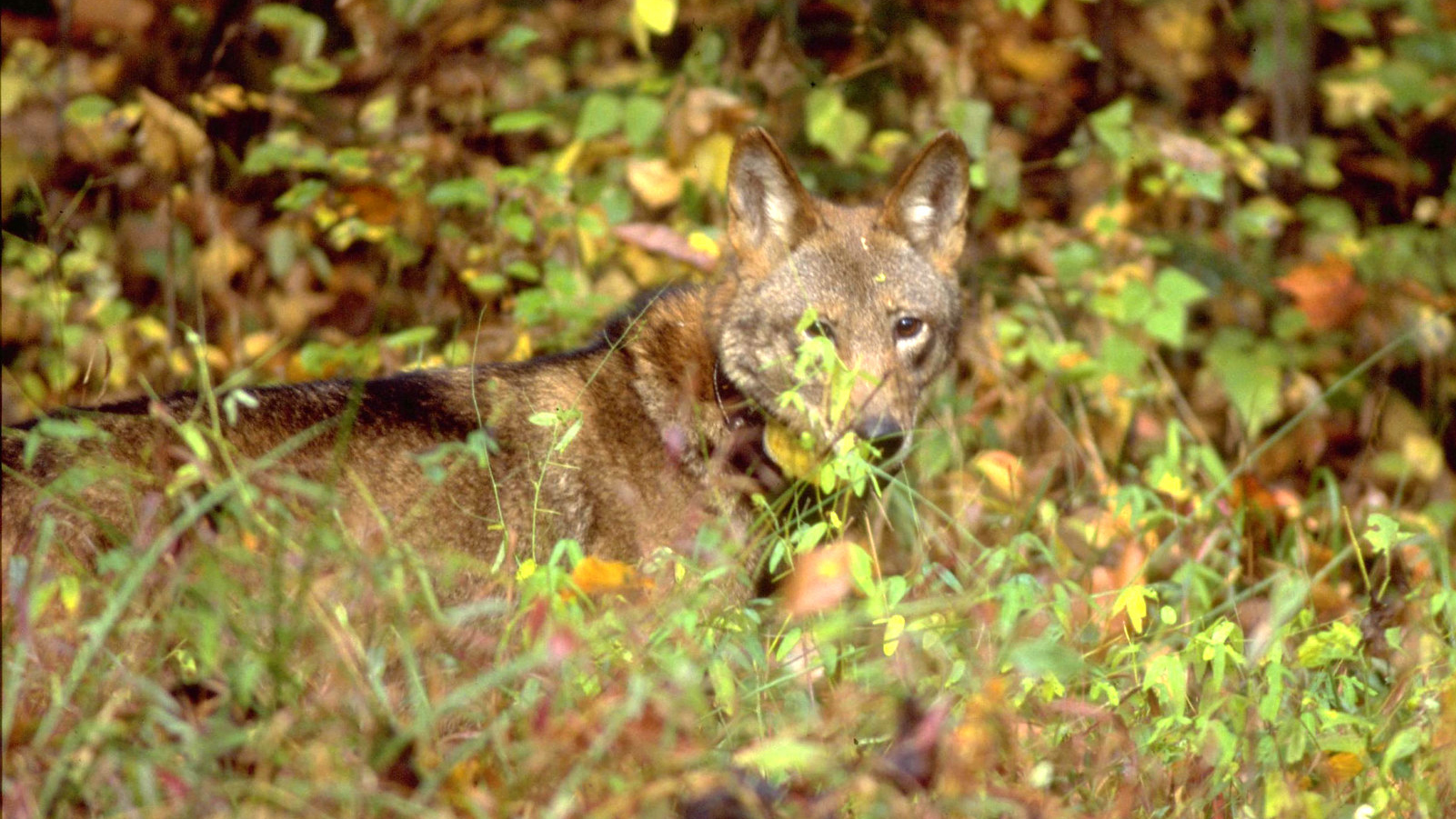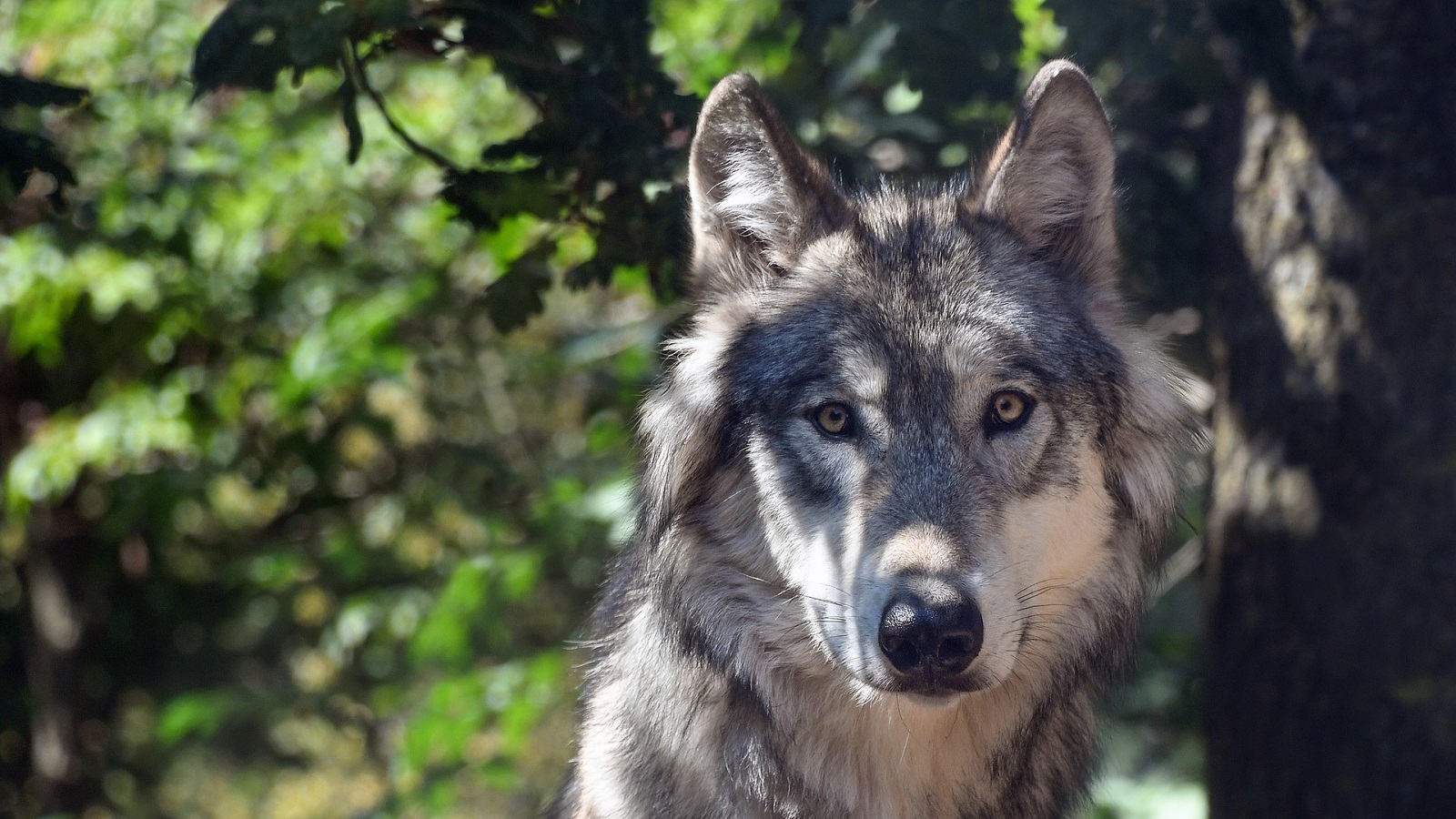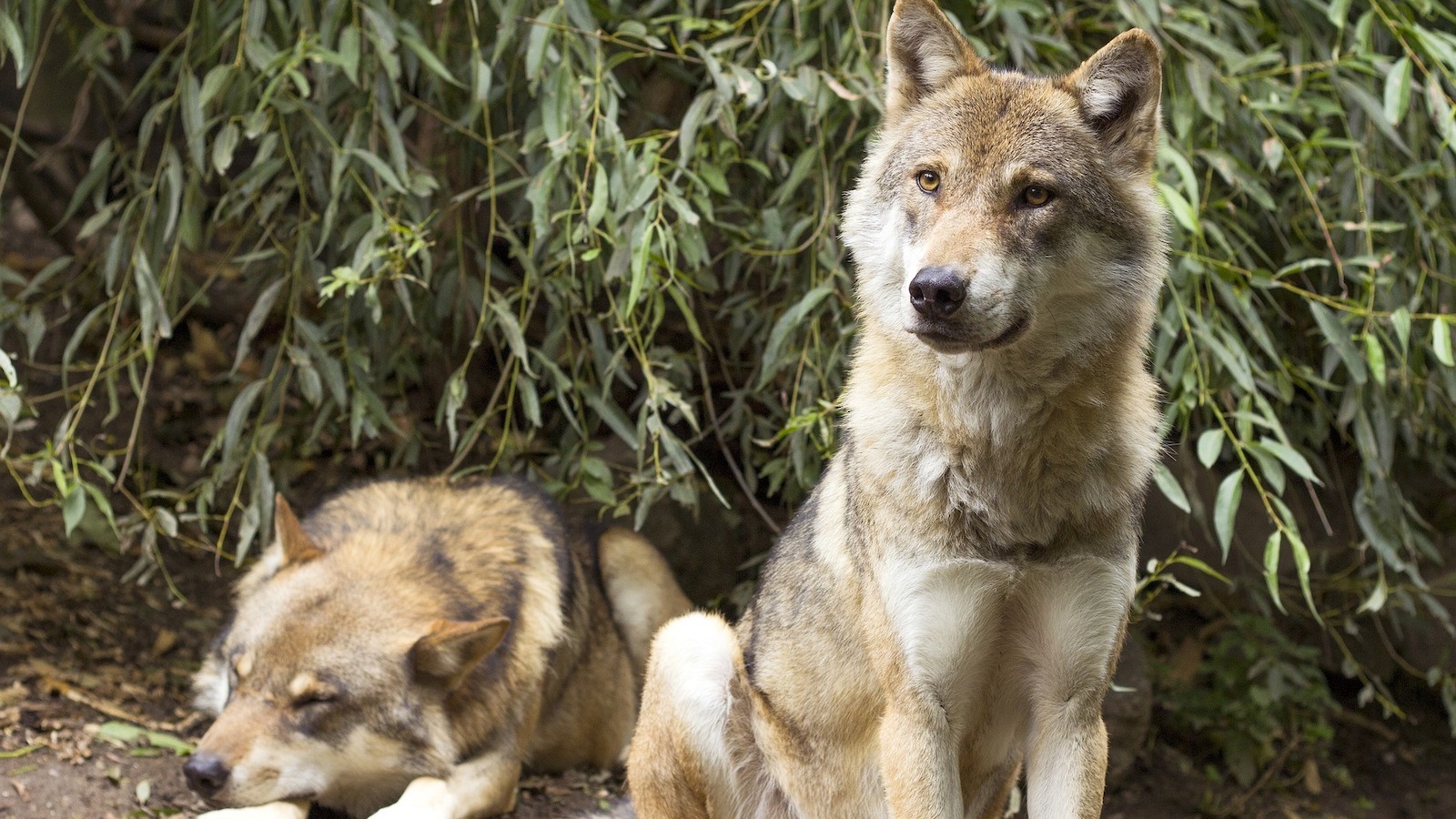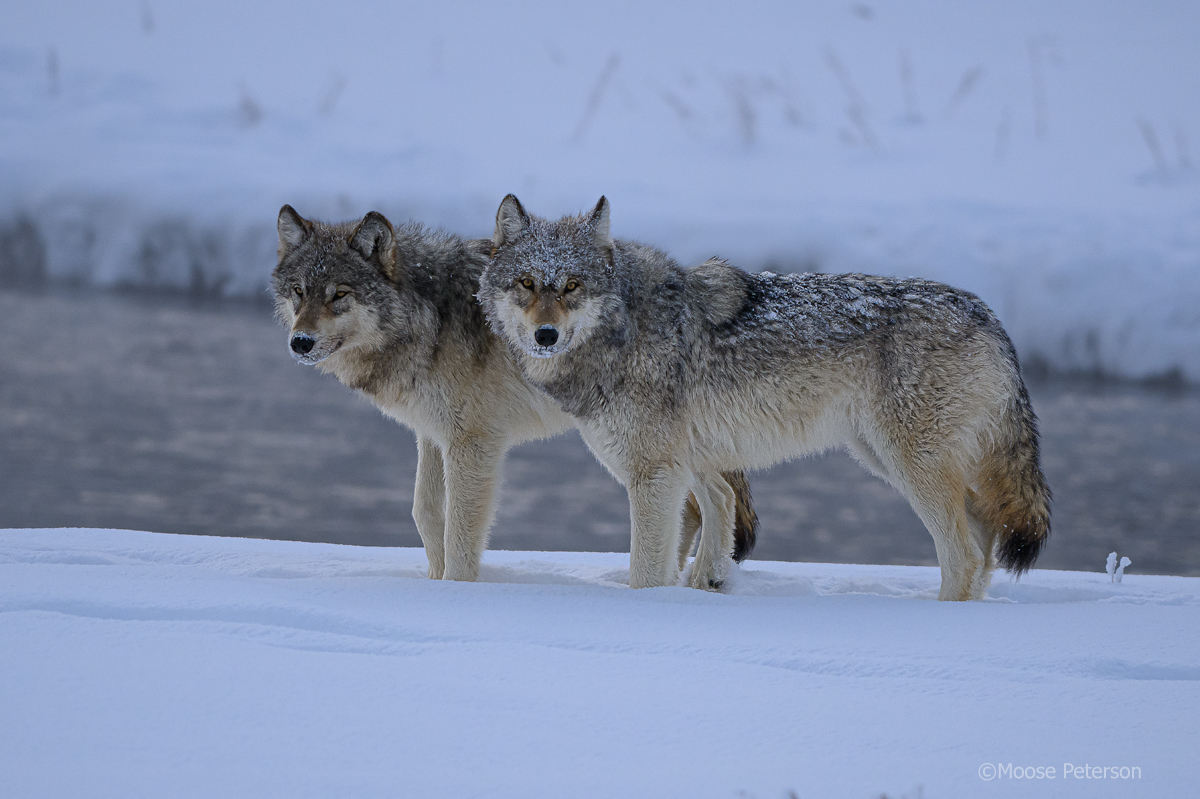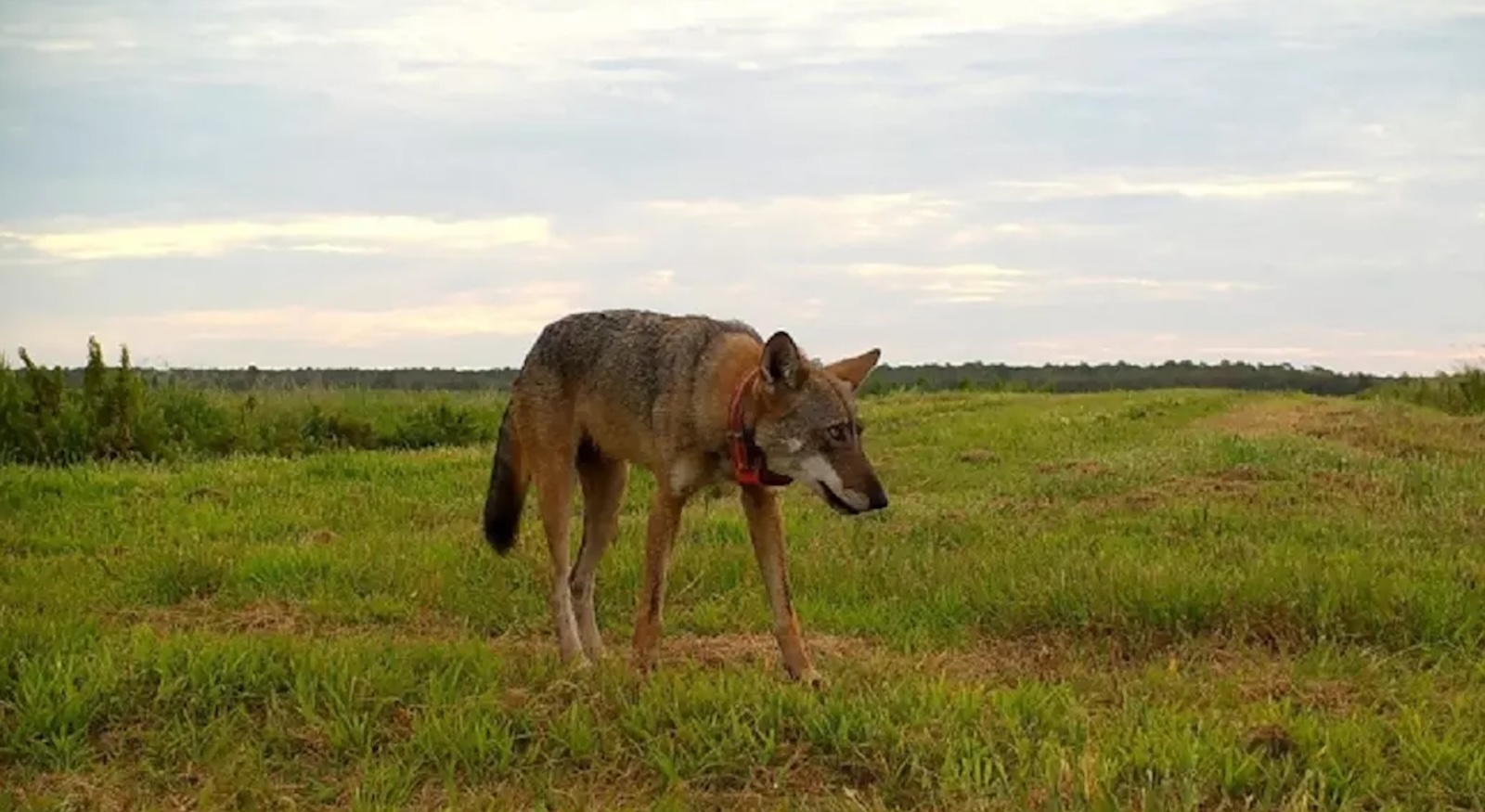
What is the Fish and Wildlife Service doing to protect red wolves?
Here’s what the agency said about its plans to protect the critically endangered red wolf from extinction.
Up-to-date information about the plight of the last wild red wolves can be hard to come by — but we’re here to help. Our staff attended a public meeting held by the Fish and Wildlife Service (FWS) to outline the state of the wild red wolf population and future conservation plans. Here’s everything we learned.
Will more red wolves be released into the wild?
Yes! The FWS will release nine more red wolves into wildlife refuges in North Carolina this winter. The agency is also keeping its eyes peeled for opportunities to place captive-born pups into wild wolf dens come springtime.
And even more releases could be to come. The FWS’s most exciting current priority is updating the red wolf recovery plan, which has not been fully revised since the ‘90s. A key part of that updated plan will be the evaluation of new release sites, with the ultimate goal of establishing additional wild populations.
How many red wolves are left?
The FWS knows there are at least eight wild red wolves left in North Carolina because they’re being tracked via radio collar. But camera traps, community sightings and other evidence indicate that there are at least a few non-collared wolves out there, too. The FWS places its estimate of the wild red wolf population at less than 20 individuals.
What’s killing red wolves?
There were seven known red wolf mortalities in 2021. Of those, five were vehicle strikes, one was a gunshot, and one was an unknown cause of death.
Cars are a big threat to red wolves, especially because most of the current wild wolves were released from captivity and did not grow up learning to safely cross roads. But hunters are dangerous, too — especially because red wolves can be mistaken by hunters for coyotes, which are legal to shoot.
How will the FWS protect red wolves from cars and hunters?
The FWS plans to deploy illuminated road signs warning drivers to watch out for wildlife in areas where radio collar data indicates that the red wolves are moving around. The agency hopes that by warning drivers when wolves are in the area, it can encourage safe driving and reduce collisions.
The agency’s plan to prevent red wolves from being shot is centered on preventing cases of mistaken identity between red wolves and coyotes. It is changing all the wild red wolves’ collars to fluorescent orange, so it will be easy to identify a red wolf at a glance. The FWS also provides educational resources to hunters and landowners showcasing the key differences between wolves and coyotes.
For a long time, it was difficult to learn exactly what is going on with the last wild red wolves — but our voices helped make a difference. Environmental Action has been calling for more transparency from the FWS since 2019, when more than 10,000 Environmental Action supporters sent messages to the FWS urging it to reveal the details of its red wolf plan.
Now, we finally have some answers — and we’re ready to keep working hard to ensure that the FWS does everything in its power to ensure a safe future for the last wild red wolves.

